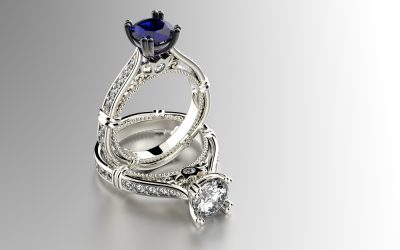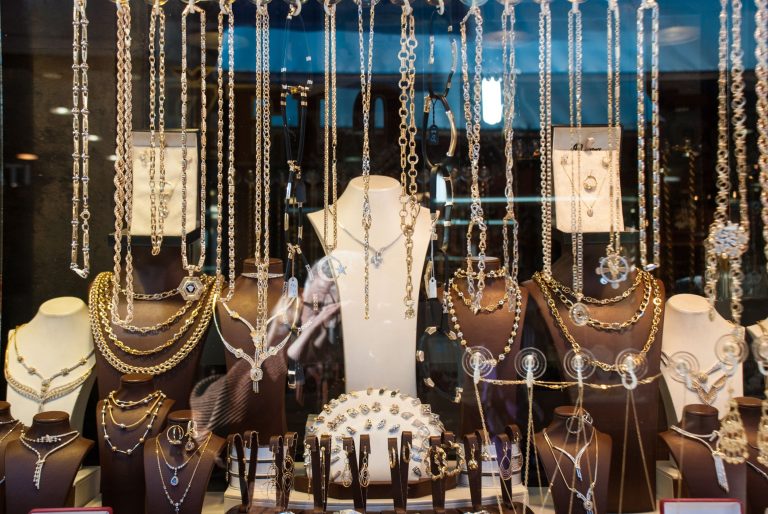Round cut engagement rings are the most popular diamond shape, accounting for 75% of all diamonds purchased. The general shape of the round diamond allows it to give off the most light, literally bouncing the light around the diamond. This gives the diamond maximum brightness. With 58 facets, round cut diamonds are all considered brilliant-cut. A brilliant-cut diamond has triangular-shaped facets (58) that come out of the center of the diamond. The flat polished surface of a round cut diamond is a facet. A diamond cutter makes a facet when cutting a rough cut diamond.
With the high demand for round cut diamonds, the cost per carat is higher compared to other cuts of diamonds. When cutting a rough diamond, more of the diamond is lost when creating a round cut diamond, resulting in a smaller yield. Yield is the weight of the diamond after cutting the rough stone. This lower yield of a round cut diamond causes the increase in the per carat cost. Compared to other cut diamonds, a round cut diamond is 30% more expensive.
Why Round Cut Diamonds Are Popular
In 1919, Marcel Tolkowshy made the round cut diamond engagement ring popular with “Diamond Design: A Study of the Reflection and Refraction.” He writes about the diamond’s formation and how it achieves both fire and brilliance. With the enhancements in technology and laser cutting diamonds, Tolkowshy makes a round cut diamond with percentages of 53% table, 59.3% depth, and 34.50 crown angle. The round cut engagement rings of today are the most brilliant yet achieved.
Color and Clarity in Round Cut Diamonds
Evaluating color in round cut diamonds is difficult to perceive. However, many round cut diamond customers prefer the colorlessness of a D-F graded diamond. This high demand raises the cost of D-F graded round diamonds. Choosing a slightly warmer color grade diamond of G-H can save you money. The current supply and demand of these color grades will greatly affect price.
Grading clarity in round cut diamonds is subjective, because all diamonds have small imperfections called inclusions or blemishes. These imperfections will interfere with the round cut diamond’s brilliance, or not allow the most light through it. A master diamond cutter does not want to make these imperfections visible. The ideal place is high under the facet out of view. A clarity chart can help guide you. At the high-end, a flawless diamond (fewer than 1 in 5000) has no visible blemishes at 10 times magnification to a diamond expert. At low-end, an included diamond has
visible inclusions without using any magnification. It affects the amount of light passing through the diamond. A qualified round cut diamond consultant can answer your questions and search for a diamond on your behalf.








